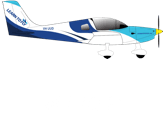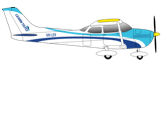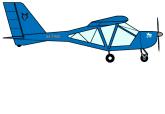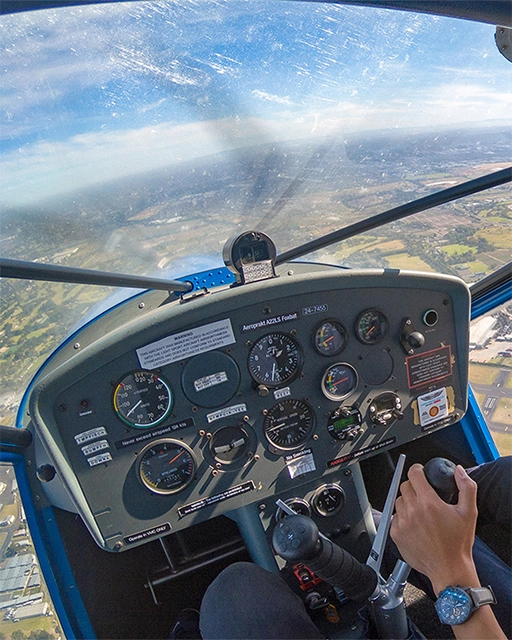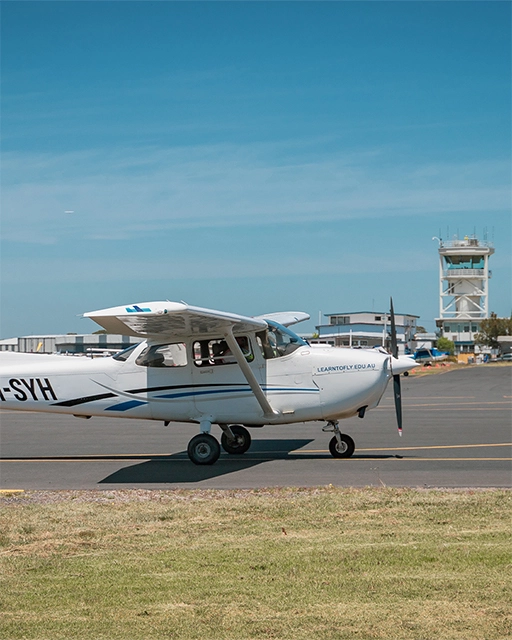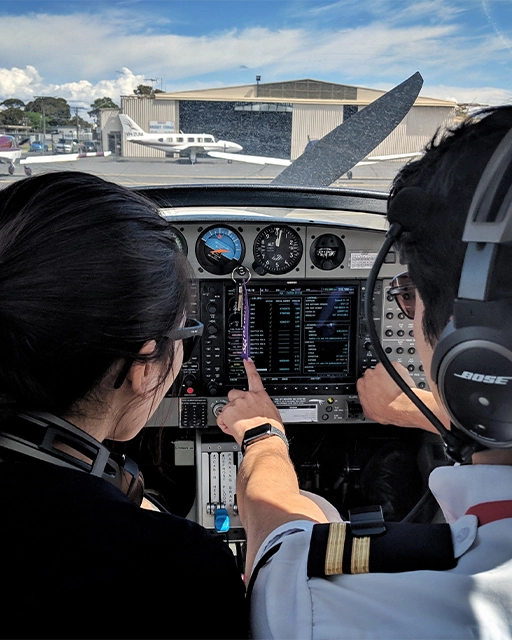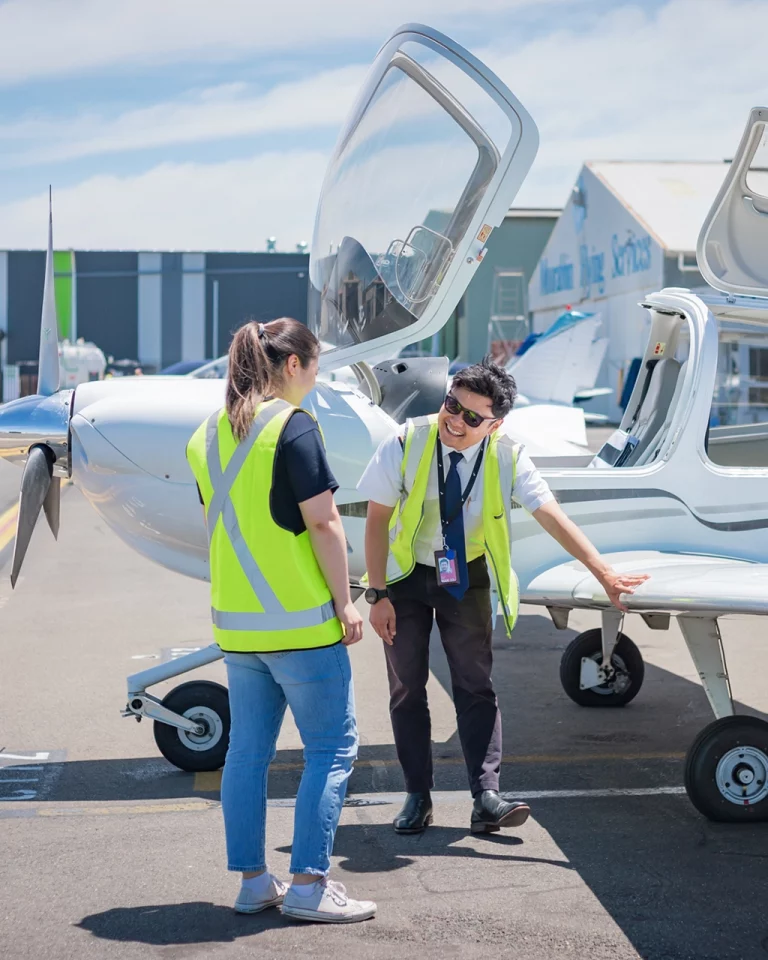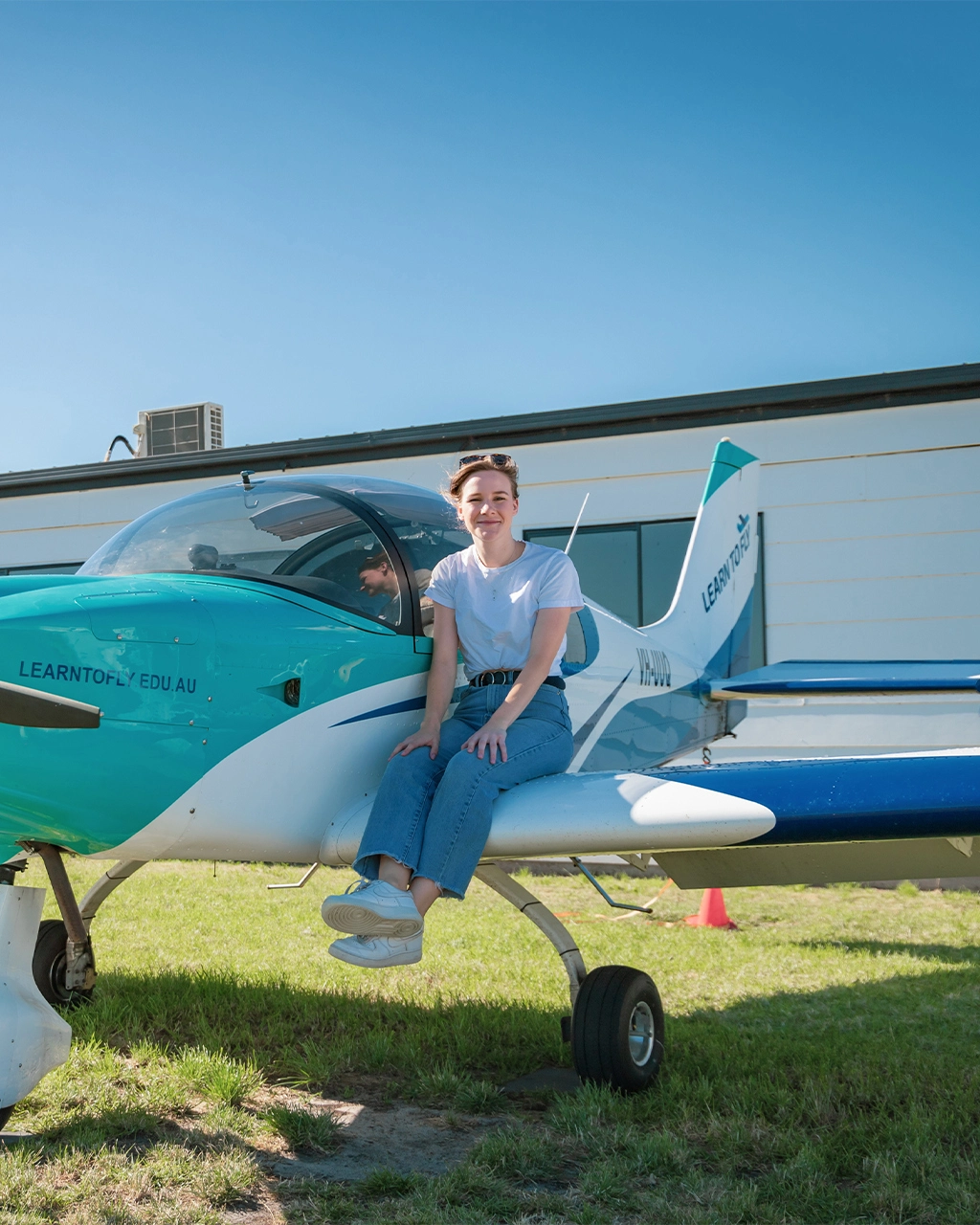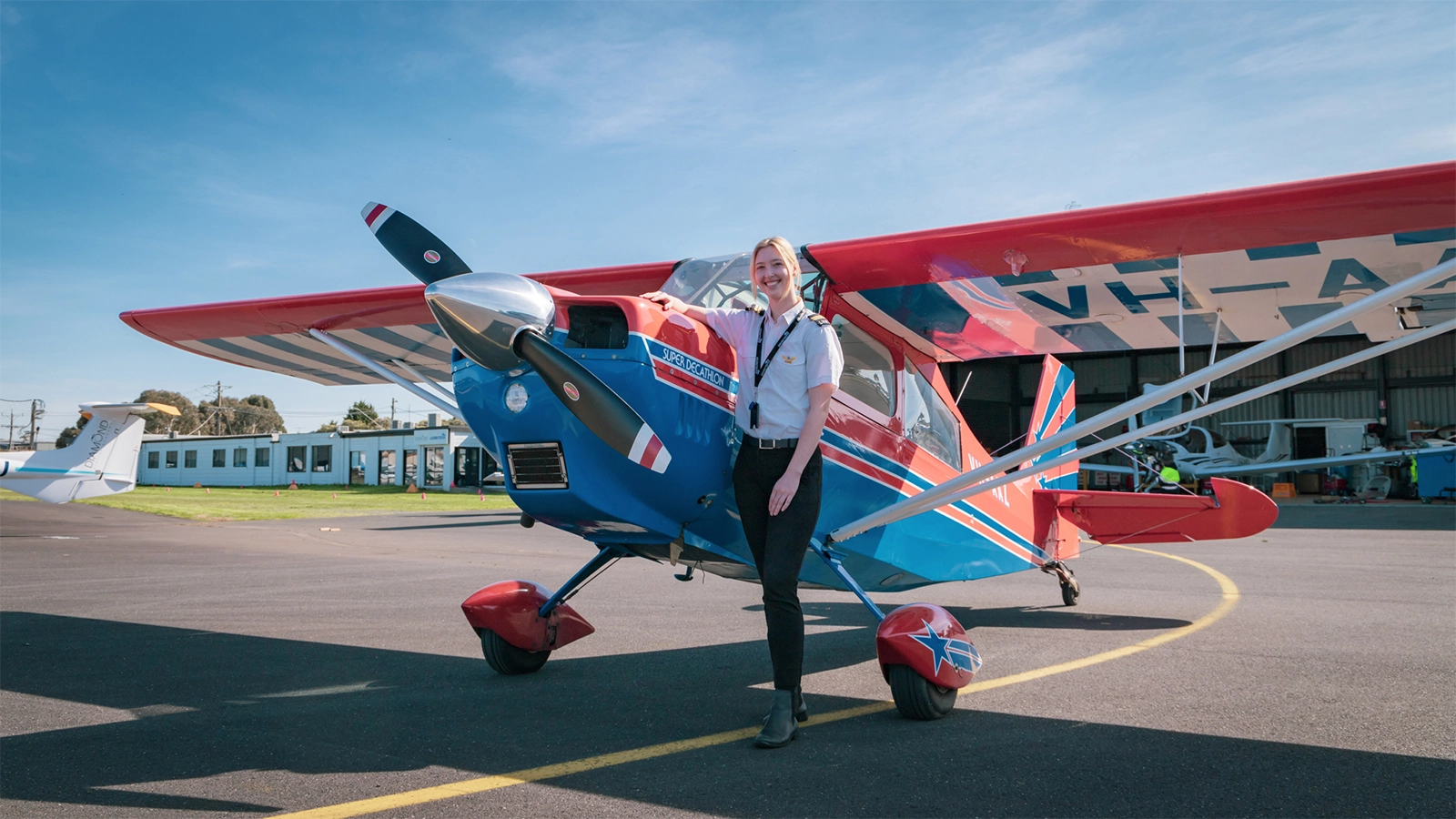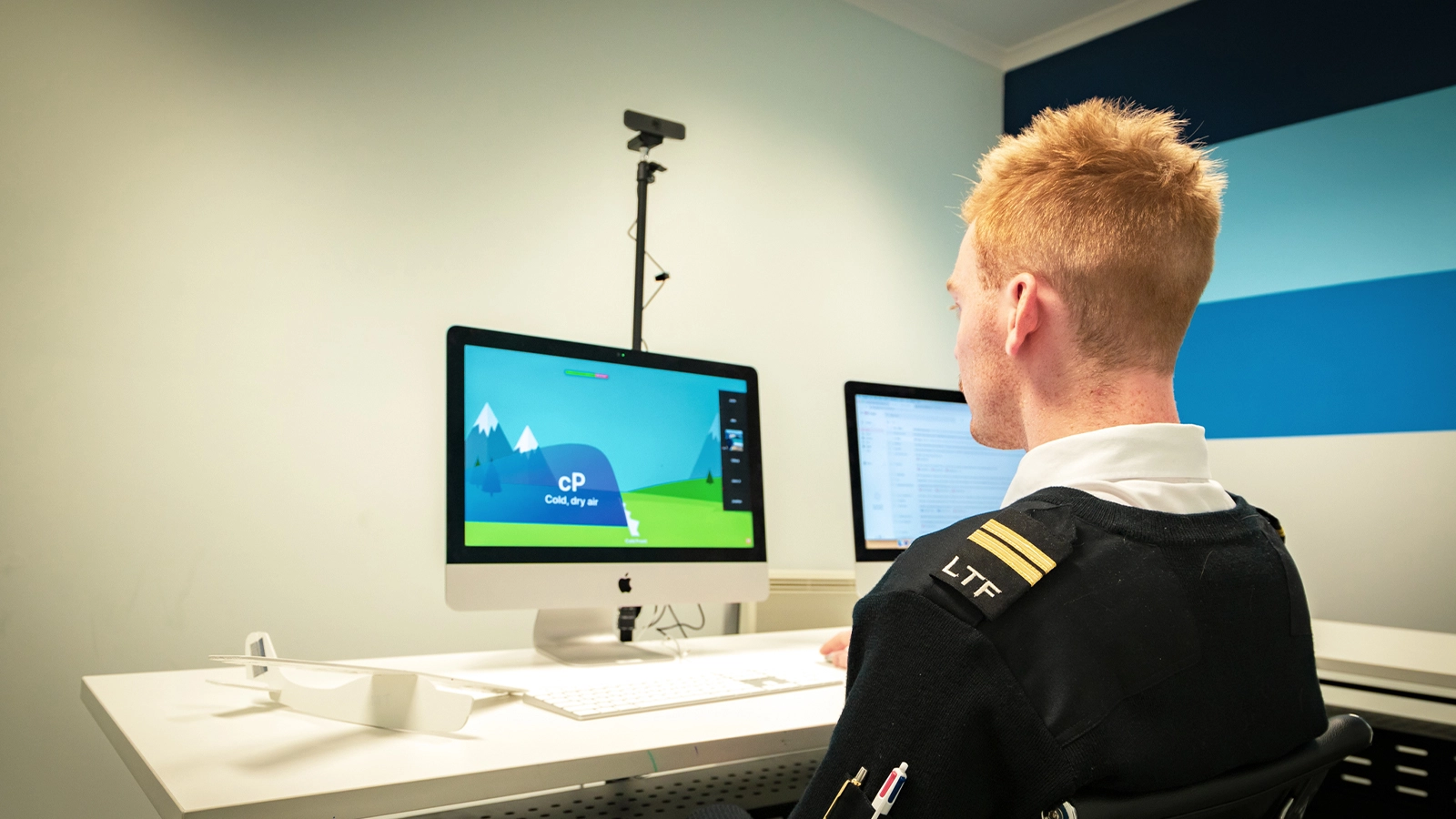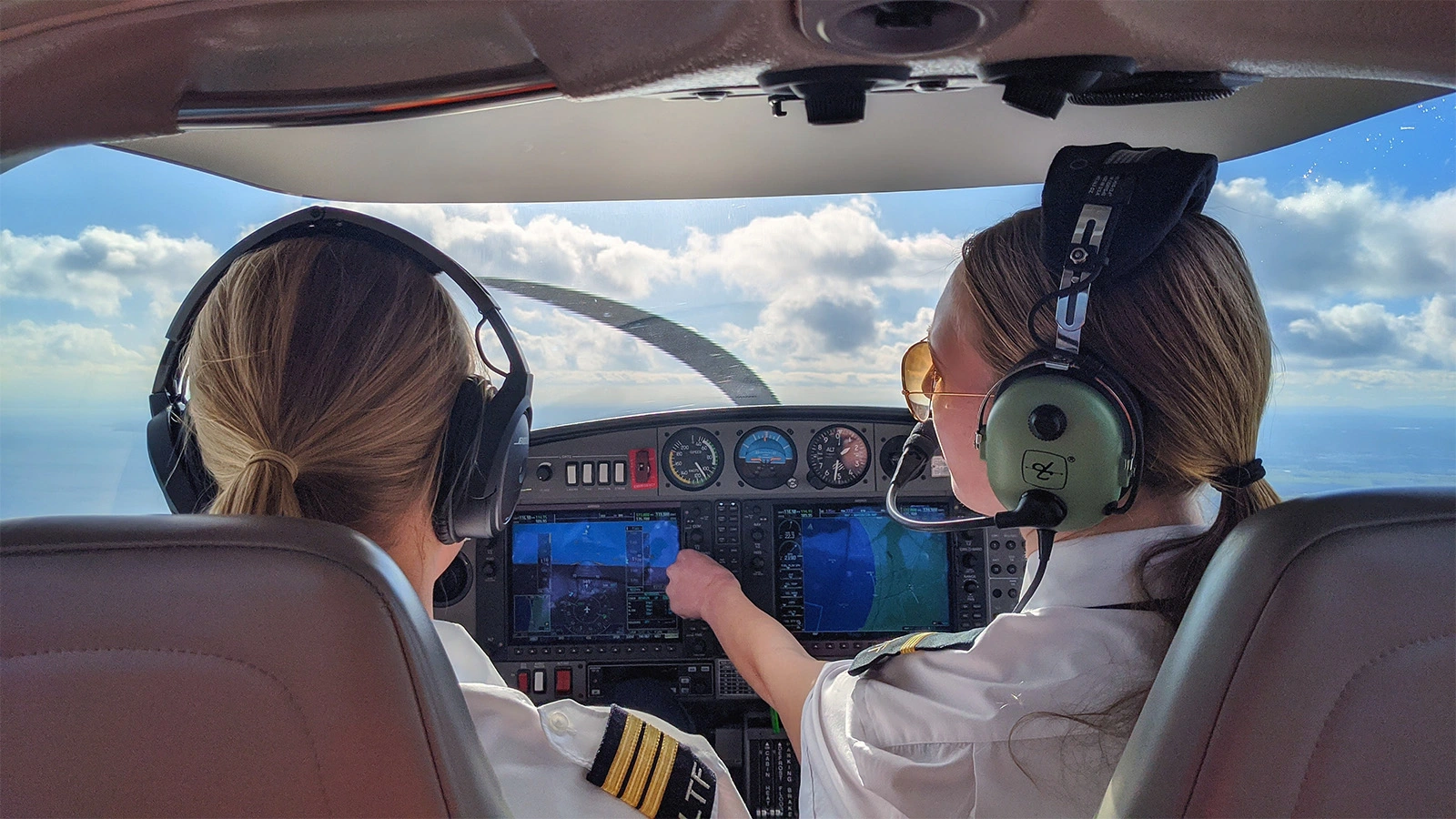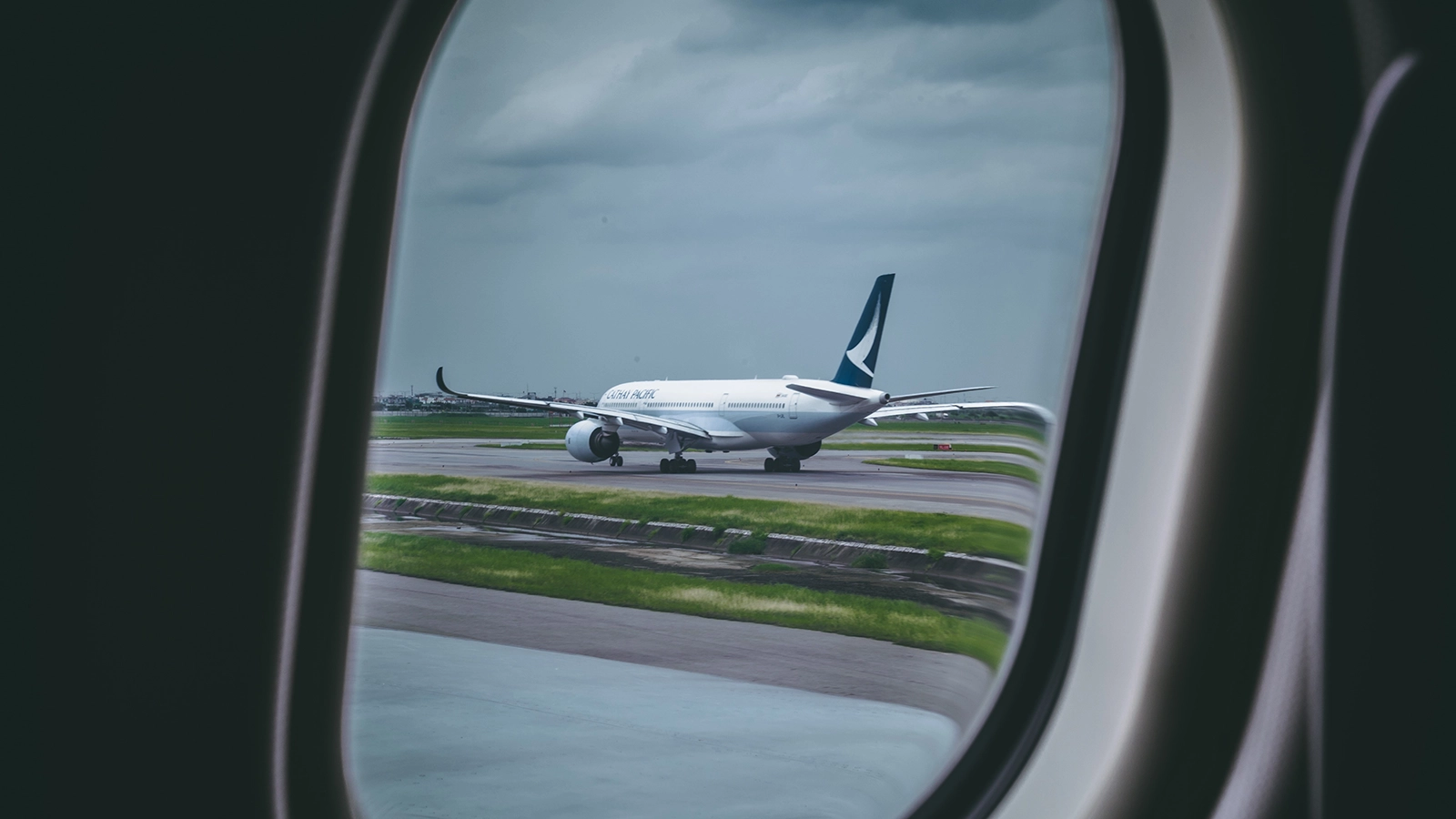
Pro Aircraft. Pro Instructors. Pro Training
Pro Aircraft. Pro Instructors. Pro Training
Learn To Fly Melbourne
Featured Flight Training Programs
Trial Introductory Flight (TIF)
The ultimate flying experience. From AUD$188.
Private Pilot Licence (PPL)
Fly anywhere.
Lessons from AUD$338.
Diploma of Aviation (CPL)
Your dream flying career. 60 Week Program.
Flight Instructor Rating (FIR)
Kickstart your pilot career.
Recreational Pilot Licence (RPL)
Build basic flying skills. Lessons from $338.
Bachelor of
Aviation
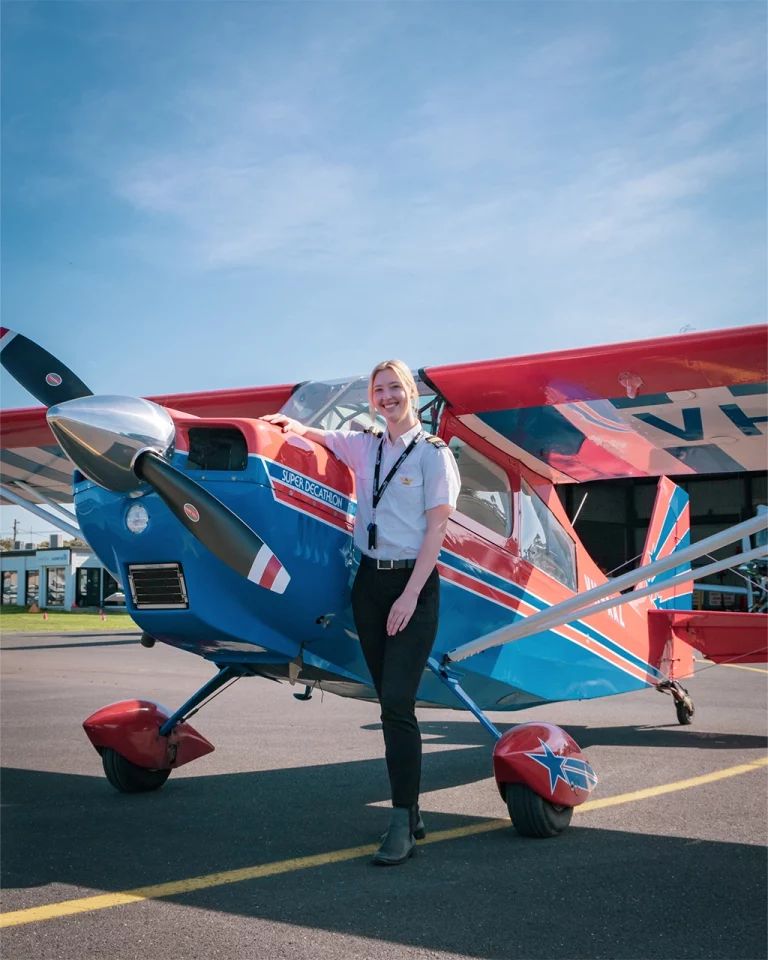
Online
Flight Training
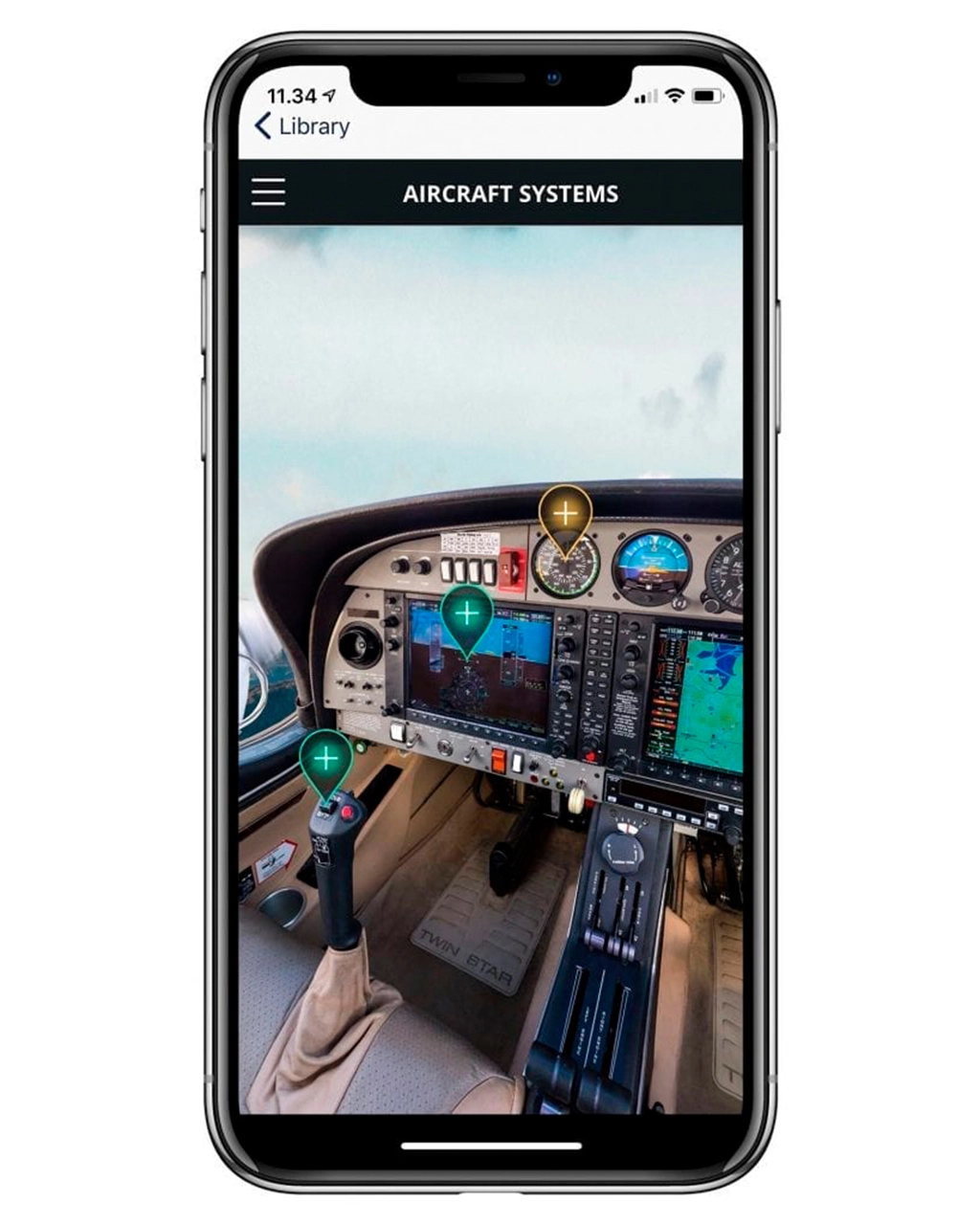
What is a Flight Instructor Rating?
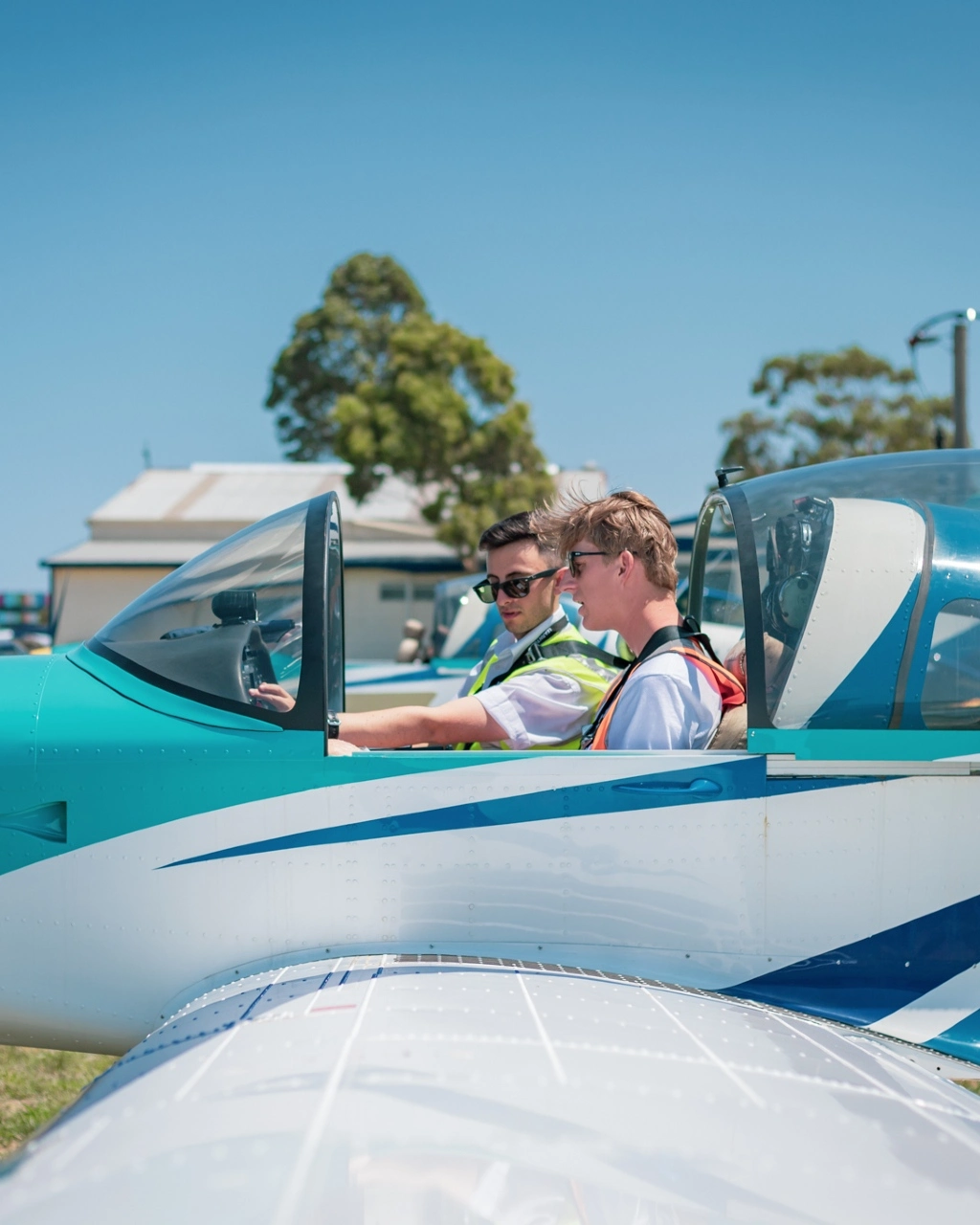
Airline
Interview
Preparation
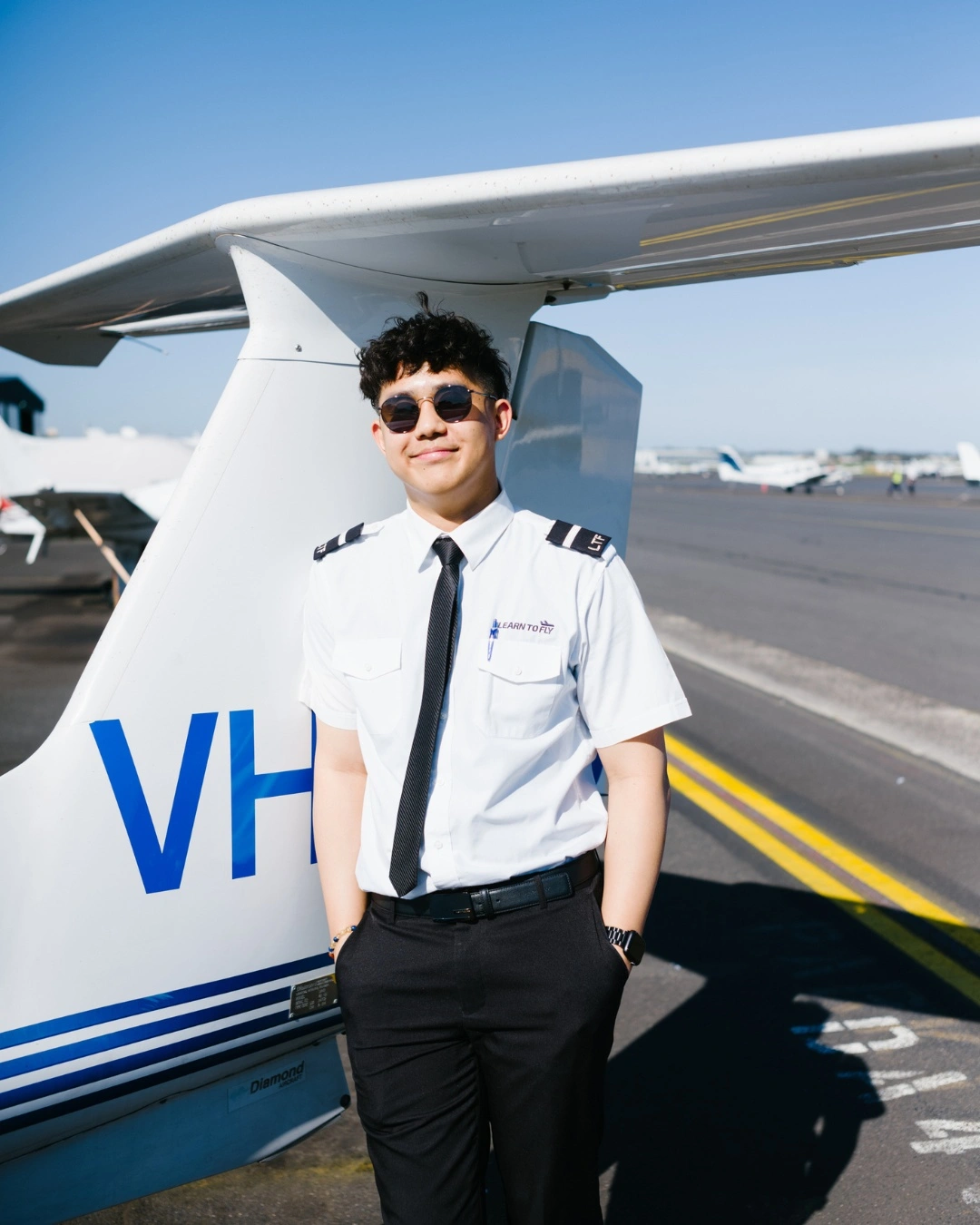
Why
Learn To Fly
With Us?
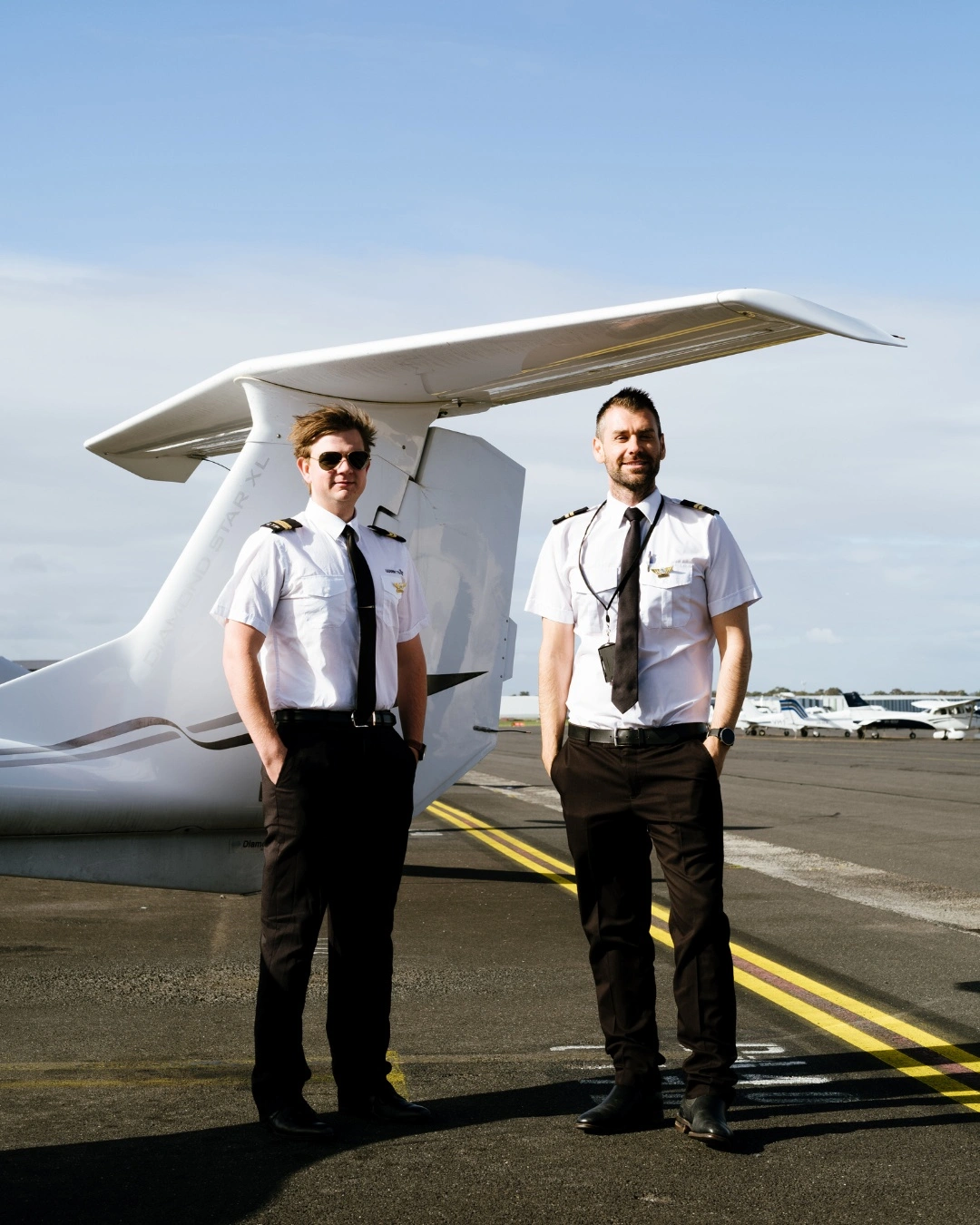
Learn To Fly In Numbers
Flying Hours a Year
Training Aircraft
Airline Placements Since 2017 (together with ACS)
Locations





Flight Training Partners
Learn To Fly Melbourne’s global network provides you with a range of exciting pathways to further both your flight training and your career as a professional pilot. Our partners include Griffith University, state-of-the-art flight simulation provider ALSIM, Flight Experience airline simulation training, ACS - Aviation Consulting Services, V360E virtual cockpit trainers from Aviation eLearning and more.


